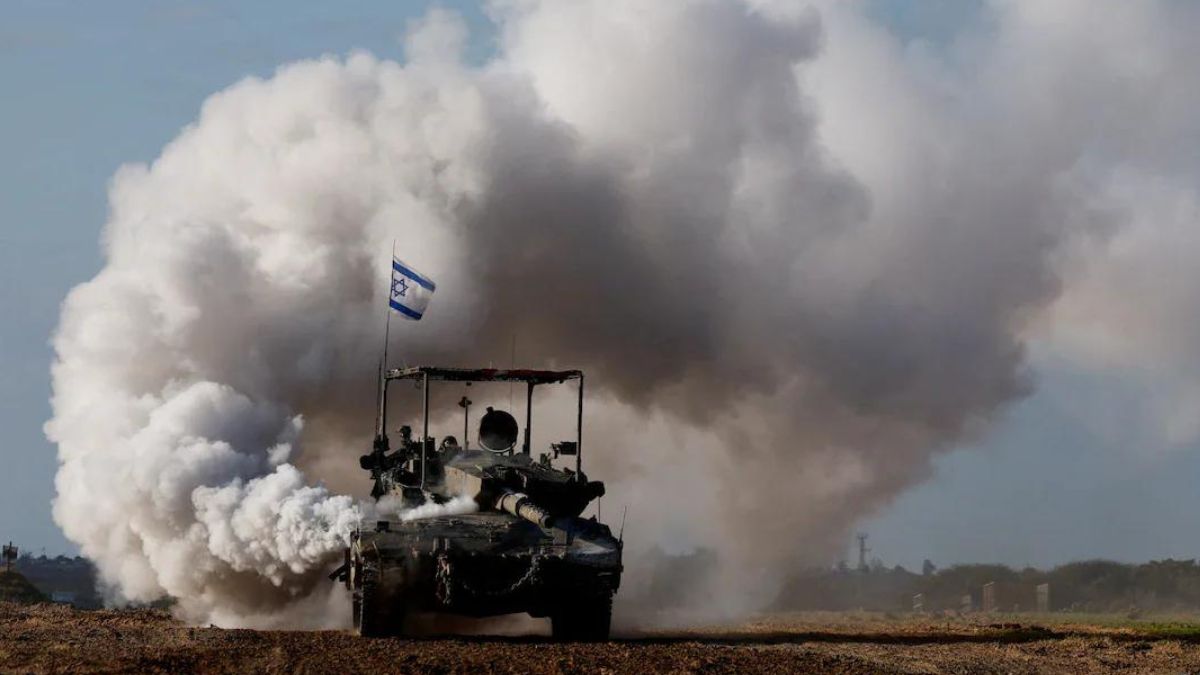For days now, Maoists in Odisha have been keeping the state government on tenterhooks with their demands for the release of their comrades in return for the two hostages they hold. And just when the Naveen Patnaik government appeared to have completely capitulated to the ‘ransom’ demand, the Maoists have gone ahead and raised the stakes, with demands for yet more releases.
Unless the Maoists are cussed about it, the crisis will likely resolve itself at the right equilibrium of prisoners released to secure the release of the hostages. Thirty prisoners for an MLA may seem like a lopsided swap, but to a government that is negotiating at gunpoint, in an environment of policy opacity in such matters at the national level, no price is too high to secure the release of hostages. Particularly when there isn’t a political price to be paid for such surrender.
On virtually every occasion (barring one notable exception, about which more below) that the Indian state has found itself in hostage situations, it has buckled under pressure, and shown itself up to be a soft state.
That’s not to say that a government in such a situation doesn’t face a dilemma, one that involves making decisions on which lives hinge. It’s borderline disingenuous to thunder and demand that governments adopt a policy of never negotiating with terrorists; that’s easier said from the sidelines.
Yet, what compromises the Indian state’s ability to negotiate from a position of reasonable strength in such situations — and skews the equation overwhelmingly in favour of the terrorists — is that it lacks the sting to signal any hard power at all.
There are instances when even the most relentlessly uncompromising governments yield ground in hostage situations. Last year, the Israeli government, which for many represents the ‘gold standard’ in dealing ruthlessly with terrorists, negotiated the release of one of its soldiers who had been held hostage by Palestinian militants for five years. In return it released over 1,000 Palestinian prisoners, many of whom were involved in vile terrorist attacks on Israel. That swap left Israelis wondering if they’d perhaps paid too high a price.
But what such terrorists-per-hostage calculations overlook is that Israel relentlessly goes after the released prisoners and in most cases recaptures them. In every other way too, Israeli power projection conveys a very strong signal that acts as a shield against further attacks or abductions.
In India, however, governments at both the Central and state levels have failed abysmally to project that hard power that puts the fear of retribution in those who wage war on the state. If they were able to credibly summon up that power, hostage negotiations would be rendered somewhat more advantageous for governments because the back-channel intermediaries would be able to convey the message on behalf of a determined state that it will come after the terrorists – even after the swap has been carried out.
Only once did the Indian state signal its uncompromising stand in the face of a hostage situation, but since that episode ended in a tragedy, political leaders have derived the wrong message from it.
That notable exception happened in 1984, when Kashmiri separatists in Birmingham abducted Ravindra Mhatre, an Indian diplomat in the UK, and sought the release of their leader Maqbool Butt, who was awaiting execution in Delhi. The then Prime Minister Indira Gandhi refused to negotiate with the terrorists; Mhatre was killed, upon which Butt was promptly hanged. And although India, and the diplomat’s family paid a high price in that instance, it at least established something of a policy that the Indian state stood for. ( More here .)
Contrast that with the feckless surrender of the VP Singh government in 1989, which within days of coming to power was confronted by the embarrassing abduction of Union Home Minister PM Sayeed’s daughter Rubaiya Sayeed in Kashmir. Again, it capitulated by releasing jailed terrorists; it marked a defining moment, when the majesty of the Indian state stood crushed by the terrorists, and provided a big boost to the morale of the separatist movement – and claimed many thousands more innocent lives over the decades.
The low point for the Indian state in hostage situations came in 1999, when Jaswant Singh, a minister in the NDA government, accompanied three dreaded terrorists to Kandahar and released them in return for the release of the passengers on board Indian Airlines IC 814, which had been hijacked by the Pakistan-based Harkat-ul-Mujahideen. That episode highlighted the price we paid in the absence of a crisis management strategy: the Indian security establishment lost out on the opportunity to immobilise the aircraft when it landed in Amritsar for refuelling.
Since then, no government has had the spine to stand up to terrorists and Maoist abductors, although the attacks and abductions have only escalated in intensity. But what compounds that cowardice in dealing with the Maoist threat is the lack of clarity within the government on what their objectives are.
Long after Prime Minister Manmohan Singh, in an unusual expression of candour, flagged the Maoist threat as perhaps the country’s biggest security challenge, leaders like Digvijaya Singh were sniping at Home Minister P Chidambaram’s counter-insurgency strategy. And more extreme commentators like Arundhati Roy have gone so far as to justify violence by Maoists, whom she referred to, without any sense of irony, as “Gandhians with guns”.
Schizophrenia in policy making is downright dangerous when you are dealing with those who are waging war on the state, and who dream of unfurling the red flag at the Red Fort. It renders the Indian state softer than it already is, and accounts for why it is losing ground to the Maoists.
What the leaders — at both the Central and state levels — need is a Gitopadesha, a sermon, like the one that Krishna gave Arjuna. ‘War’ is of course unpleasant, particularly when it is waged on one’s own people. But there are some situations — such as this — in which it is the duty of a leader to wage war, however unpleasant it may be.


)




)
)
)
)
)
)
)
)